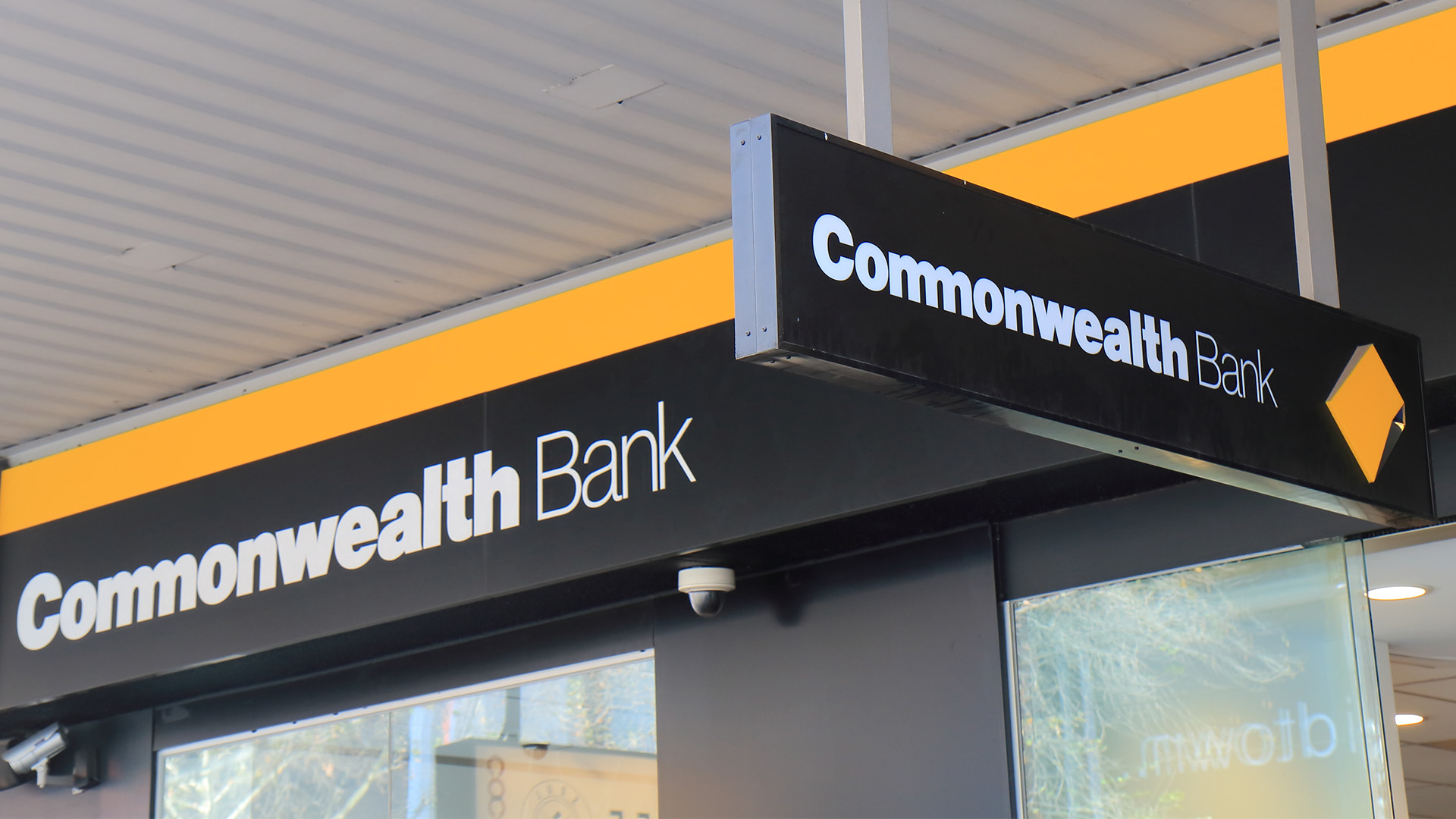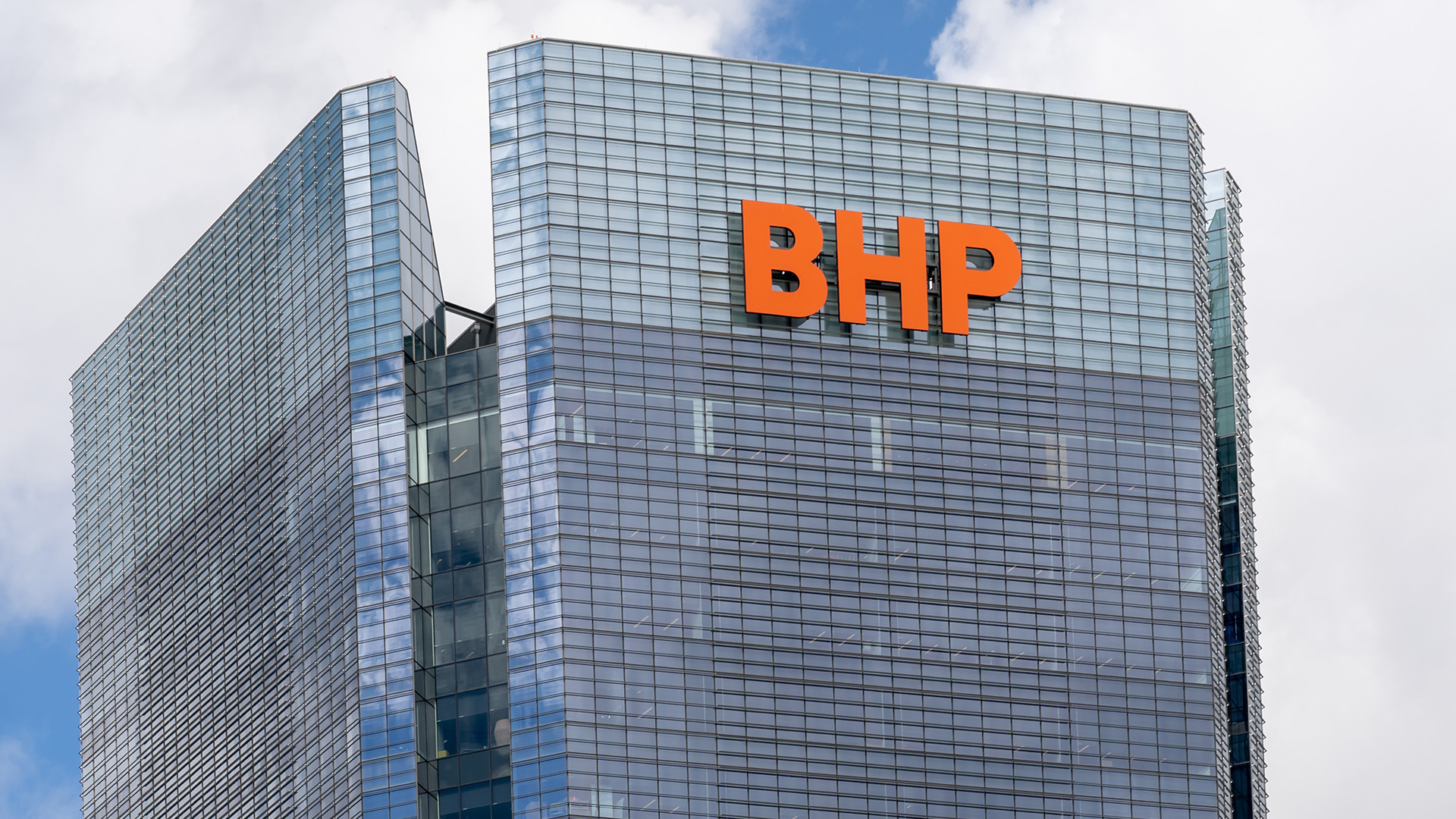Australian got another glimpse of the full power of the resources boom yesterday.
The release of the August trade figures revealed the second-biggest trade surplus on record for the month, and there were also better than expected building approvals because of a sharp rise in non-private dwelling approvals.
Monthly exports were a record at more than $28.3 billion as higher prices (thanks to the fall in the value of the Australian dollar in August) and higher volumes combined to boost revenues.
The monthly trade performance from the Australian Bureau of Statistics confirms the Reserve Bank’s forecast that the rebound in commodity exports will continue into 2012 (providing the global economy and financial system aren’t busted by a problem in Europe or the US).
In fact with the sharp fall in the Australian dollar, it is highly likely that so long as volumes remain steady, we will see another $3 billion-plus trade surplus for September.
The better than expected figures also mean the chances of another quarter of solid economic growth have improved.
Shipments to Asia, especially China, South Korea, Japan and India lifted in one of the strongest monthly performances for more than a year.
It was confirmation that demand from Asia for iron ore, coal, LNG and other minerals remained solid in August.
The surplus on goods and services came in at $3.1 billion in August, up from $1.8 billion in July and way above expectations of a $2 billion surplus, as exports jumped 8%.
Yesterday’s figures from the Australian Bureau of Statistics also showed a sharp 11.4% rebound in approvals to build new dwellings as some large apartment projects went through.
That followed a 1.8% rise in July and more than offset a 1% fall in approvals for new private homes, according to the ABS data.
The sharp increase in the number of approvals in the month to 13,800 units, seasonally adjusted, was the biggest rise since March of last year.
The non-dwelling figures however are very volatile and could easily fall sharply next month, leaving the still weak state of private home building on display once again.
Dwelling approvals increased for the month of August in New South Wales (45.2%), Queensland (19.7%), Tasmania (17.2%), Victoria (7.3%) and Western Australia (5.5%) but fell in South Australia (-4.1%) in seasonally adjusted terms.
In seasonally adjusted terms, approvals for private sector houses fell 1% in August with falls in Victoria (-9.6%), NSW (-4.3%) and South Australia (-0.1%), while there were rises in Queensland (16.0%) and Western Australia (1.6%).
The value of total building approved increased 14.2% in August in seasonally adjusted terms, according to the ABS.
The value of total residential building rose 10.8% while non-residential building rose 20.3% after falling 8.9% in June.
But markets ignored the solid news (as we pointed out yesterday) and even though the selling pressure on the local stockmarket eased yesterday, the Aussie dollar was again sold down, hitting a day’s low of 94.76 USc.
It later regained the 95 US cent level.
The dollar is down 14% from the peak in late July above $US1.10, but the ASX 200 is off around 19% so far this year.
In some respects the ‘outperformance ‘ of the dollar, even though it has weakened in the past couple of months, tells us that the market still sees the local economy as being much stronger than many other offshore economies.
It’s a belief that while investors fret about a possible return to recession in the US and European Union, Australia is still hooked up to the still-strong Asian region, which driving most of the world’s economic growth at the moment.
Yesterday’s figures showed exports of coal jumped 14% by value in August as supply recovered from flooding early in the year.
Hard coking coal volumes were up 18% and semi-soft coking coal shipments jumped 24%, according to the ABS.
Iron ore export jumped by 10% to 20% in the month, and both combined to push exports up 8% to a record $28.4 billion.
Imports rose by 3.3%, mainly on the back of a 3% rise in imports of consumer goods (electrical goods which jumped 33% and oil), which again confirms that domestic demand and consumption is stronger than many moaning retailers tell us.
According to yesterday’s figures more than 66% of Australia’s exports now go to Asia, with China alone accounting for 26% of total exports. The EU takes 7% and the US less than 4%.
That again is further confirmation that our economy won’t be directly hit by a slowdown in the US or Europe.
A double dip in both regions could slow China, which would hit us, but not by as much as many gloomy forecasters believe.
An unruly default by Greece or a European or US banking crisis is probably the biggest danger to us and the global economy at the moment.
Those surveys of Chinese manufacturing for last month (released on Friday and Saturday) were a bit better than forecast, especially by those US and European investors who reckon China is still heading for a hard landing.
Underlining that strong trade performance yesterday was the Reserve Bank’s Commodity price Index for September which showed yet another record. The higher demand from Asia helped lift the index to record peaks in both July and August.
Our terms of trade are at their highest in at least 140 years and will be further boosted by the fall in the value of the Australian dollar.
The dollar fell 9% in September, offsetting some of the falls in the prices of copper, rural products, nickel, oil and gas and other commodities.
The RBA said the index rose 1.9% in September in Australian dollar terms.
"The largest contributors to the rise in September were increases in the estimated export prices of iron ore and thermal coal.
"Despit













